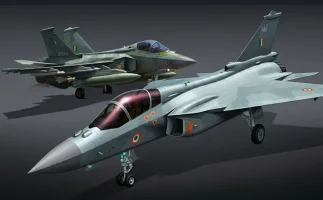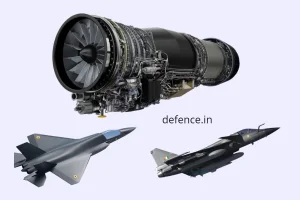- Views: 3K
- Replies: 25

The Indian Air Force's recent acquisition of Predator drones from the United States has ignited debate surrounding the potential of domestically produced alternatives.
While the Predator offers proven capabilities, the acquisition raises questions about why the IAF didn't prioritize the indigenous Grob G 180 SPn aircraft, for which Tata Advanced Systems Limited (TASL) holds the intellectual property rights.
Proponents of the Grob G 180 SPn argue that it presents a compelling case as a highly capable and cost-effective unmanned platform. With TASL controlling the IP rights, India possesses significant freedom to customize the aircraft to meet the specific needs of its armed forces, integrating advanced indigenous technologies such as electronic intelligence (ELINT) and intelligence, surveillance, target acquisition, and reconnaissance (ISTAR) systems. This level of autonomy contrasts with foreign-built platforms like the Predator, which often come with export limitations and modification restrictions.
Furthermore, the Grob G 180 SPn boasts a potential cost advantage, estimated at around $8 million per unit compared to the Predator's $12 million price tag. This cost-effectiveness becomes even more pronounced when compared to high-end alternatives like the P-8 Poseidon, which costs upwards of $450 million per unit. A fleet of Grob G 180-based UAVs could provide a versatile and economical solution for various roles, enhancing operational flexibility without straining the defence budget.
Beyond cost, the Grob G 180 SPn offers a range of operational advantages. Its high ceiling of 41,000 feet enables operation over vast maritime expanses and contested airspaces, while its cruise speed of 770 km/h surpasses the Predator, allowing for rapid response and threat evasion. The platform also holds potential as a missile carrier, capable of deploying advanced Indian missile systems like BrahMos and LRASM.
Choosing the Grob G 180 SPn could have significant implications for India's aerospace industry. Domestic production and customization would stimulate local expertise in UAV development, create high-skill jobs, and contribute to technological self-reliance. The integration of indigenous avionics and combat systems could lead to a fully indigenous platform with export potential, positioning India as a key player in the global UAV market.
While the IAF ultimately opted for the Predator, the Grob G 180 SPn represents a compelling example of India's growing capacity for indigenous defence production. As the nation continues to pursue self-reliance in defence technology, the future of platforms like the Grob G 180 SPn remains a topic of considerable interest and debate.


